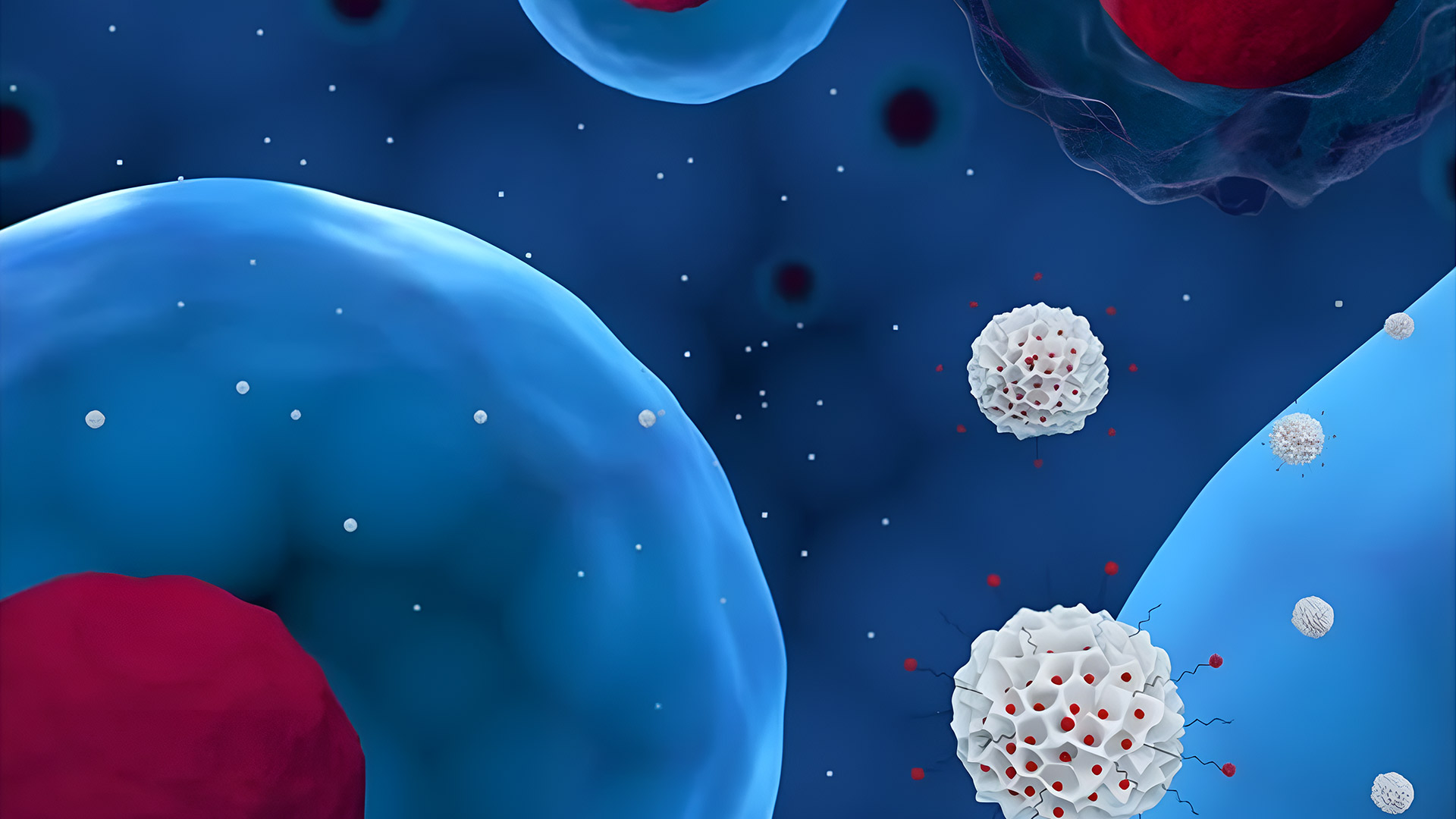INNOVATION
Can These Nanoparticles Outsmart Your Cells?
Wyss Institute’s nanoparticle system improves precision and safety in non-viral gene and mRNA therapies
22 Jun 2025

Researchers at Harvard University’s Wyss Institute have developed a new nanoparticle platform that promises to improve the delivery of gene editing and mRNA therapies by overcoming a key obstacle inside cells.
The system, called ENTER, or Endosomal Escape-Triggered Response, is a class of protein-based particles designed to release their therapeutic cargo directly into the cell interior. The particles respond to the acidic environment of endosomes, the intracellular compartments where foreign materials are typically trapped and degraded. Once inside, ENTER particles expand and rupture the endosomal membrane, freeing their contents to act.
“Getting a drug into a cell is just step one. The real challenge is targeting the precise cellular location,” said David Walt, a researcher at the Wyss Institute. “ENTER bridges that gap.”
In laboratory tests, the particles achieved a 65 per cent delivery success rate for CRISPR gene editing tools in human cell lines, more than doubling performance compared to existing non-viral methods. In animal models, they enabled broader gene editing in lung tissue, showing potential for respiratory and systemic applications.
The research, supported by the National Institutes of Health and the Howard Hughes Medical Institute, is part of a broader shift toward non-viral delivery systems. These alternatives aim to sidestep safety and manufacturing concerns associated with viral vectors, the dominant method in current gene therapies.
ENTER’s modular design has drawn early attention from biotech investors and pharmaceutical firms seeking scalable and lower-risk platforms. Industry analysts say the technology could play a central role in next-generation therapeutics, provided it can be produced at scale and translated into human trials.
“This could mark a turning point,” one analyst said. “We may finally have a platform that realizes the full potential of precision therapeutics.”
Further studies are under way to assess the particles’ performance in diverse tissues and disease models. If successful, ENTER could become a standard component of non-viral delivery toolkits, offering a more precise route for emerging treatments in genetic and rare diseases.
Latest News
16 Dec 2025
Why Moderna’s Nanexa Pact Matters More Than It Looks12 Dec 2025
How Advanced Manufacturing Is Reshaping US Pharma9 Dec 2025
Halozyme Bets Big on the Future of Biologics Delivery21 Nov 2025
Why Drug Delivery Is the New Power Move
Related News

PARTNERSHIPS
16 Dec 2025
Why Moderna’s Nanexa Pact Matters More Than It Looks

INNOVATION
12 Dec 2025
How Advanced Manufacturing Is Reshaping US Pharma

PARTNERSHIPS
9 Dec 2025
Halozyme Bets Big on the Future of Biologics Delivery
SUBSCRIBE FOR UPDATES
By submitting, you agree to receive email communications from the event organizers, including upcoming promotions and discounted tickets, news, and access to related events.